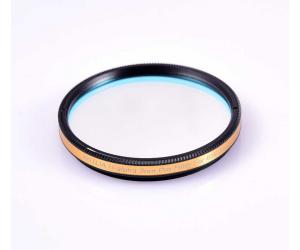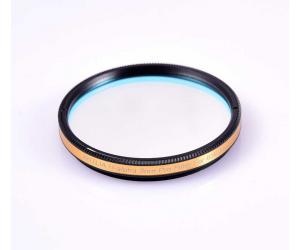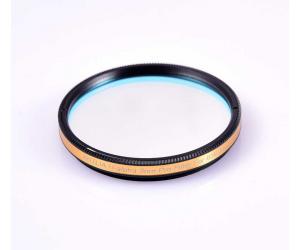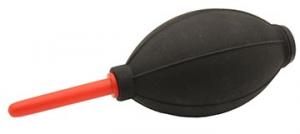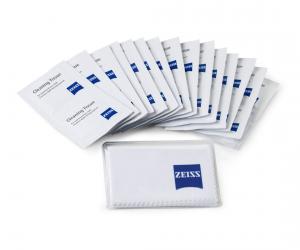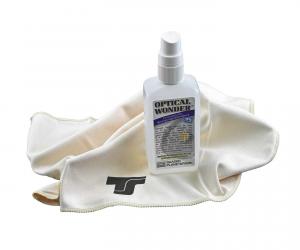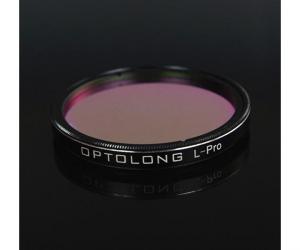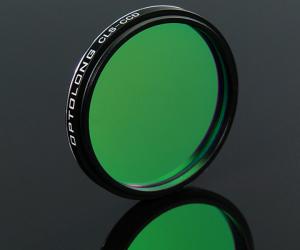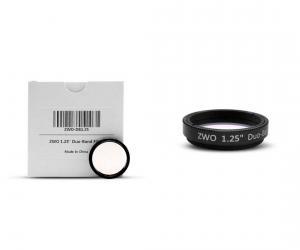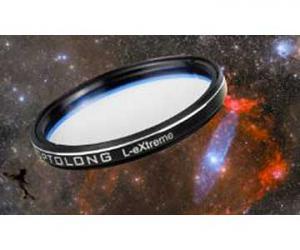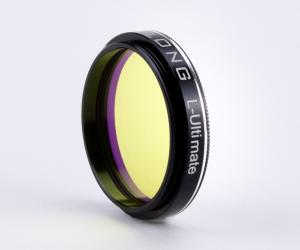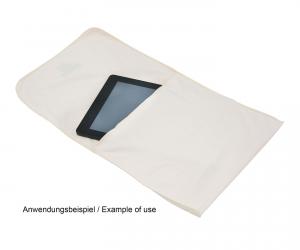- Telescopes
- Overview:
Telescopes - Achromatic Refractor
- Apochromatic Refractor
- Overview:
Apochromatic Refractor - ED Refractor - less color aberration than an achromatic
- SD APO - color free 2-element APO objective
- EDT APO - 3 element ED objective
- High End APO with 3-element APO objective - no color aberation
- Flatfield APO with flat field for Astrophotography
- All Apos and EDs from all manufacturers - large overview
- TS APO and ED from Japan with high quality optics
- Overview:
- Newtonian Telescopes
- Dobsonian Telescopes
- RC Ritchey Chretien Telescopes
- Casssegrain Telescopes
- Reflektor Telescopce with Lens Correcture
- Maksutov Cassegrain Telescopes
- GoTo Telescopes
- Smart Telescopes
- Solar Telescopes H-Alpha
- Overview:
- Mounts Tripods Rings Rails Power Supply ...
- Overview:
Mounts Tripods Rings Rails Power Supply ... - Mounts Equatorial with GoTo
- Mounts Equatorial without GoTo
- Mounts Azimutal with GoTo
- Mounts Azimutal without GoTo
- Mounts GoTo - Harmonic Drive
- Travel mounts for astro imaging
- Tripods Piers Polar Wedges
- Mount Control & Electronics
- Dovetail Clamps, Plates and Mount Adapters
- Tube Rings
- Power Supply
- Counterweights Balance Weights
- Mount Accessories - Other
- Overview:
- Telescope Accessories
- Overview:
Telescope Accessories - Eyepieces
- Barlows & Reducer Lenses
- Diagonal Mirrors and Prisms
- Binocular Viewers
- Finder Scopes
- Telescope Collimation and Test
- Cleaning Tools
- Transport and Storage
- Dust protection for Telescopes & Accessories
- Stray Light Protection
- Dewcaps and Heater
- Focusers, Adapters, Motorfocus
- Telescope DIY & Improvement
- Other telescope accessories
- Replacement Parts
- Overview:
- Filters
- Overview:
Filters - Color Filters and Color Filtersets
- Nebular Filters for Visual Observing
- Neutral-Density and Polfilter
- Photo Narrowband Nebular Filters
- Photo Broadband Filters
- Photo Planetary Filters
- Photo R-G-B and IR Cut Filters
- Photo - Filtersets
- Photometric Filters
- Clip Filter for DSLR Cameras
- Filter Wheels and Filterslider
- Solar Filters for white light
- Solarfilter for H-Alpha and Calcium
- Overview:
- Adaptors
- Overview:
Adaptors - Adapter 1,25" and 24,5mm
- Adapter 2"
- Adapter T2 - M42x0.75
- Adapter M48x0,75
- Adapter M54
- Adapter SC
- Adapter M63
- Adapter M68
- Adapter to other Threads
- Adapter Extensions
- Adapter camera bayonet
- Adapter Objective Filterthread
- Adapter Quick Changing , Rotation
- Adapter Eyepiece Projection
- Adapters Tilting
- Overview:
- Astrophotography and Photography
- Overview:
Astrophotography and Photography - Cooled Cameras
- Cameras without Cooling
- Deep-Sky Cameras uncooled
- Set-Offers Camera, Filter, Wheels
- Acessories for Cameras
- Travel mounts for astro imaging
- Imaging Correctors for Telescopes
- Autoguiding Cameras & Sets
- Everything for Guiding
- Focusing aids - Bahtinov mascs
- Flat Field foils and boxes
- Lenses for Cameras
- Piggyback Camera Holder
- Camera Bags, Photocases & more
- Digital Camera and Smartphone Adapter
- Other photo accessories
- Overview:
- Binoculars, Spotting Scopes, Microscopes, Range Finders
- Overview:
Binoculars, Spotting Scopes, Microscopes, Range Finders - Spotting Scopes and Acessories
- Roof Prism Binoculars
- Binoculars with Porro prisms
- Binoculars from 100mm Aperture
- Binoculars with 1,25 inch eyepieces
- TSMX APO Binoculars
- Binoculars for Astronomy
- Binoculars Hiking Bird watching
- Monoculars - Opera Binoculars
- Accessories for Binoculars
- Range Finders
- Microscopy
- Bags for Phototripods & Binoculars
- Overview:
- Phototripods and Binomounts
- Books, Software
- Overview:
Books, Software - Books for Astronomy Beginners
- Star Charts and Planispheres
- Books about our Solar System
- Observing Tips for Amateurs
- Popular Astronomy Literature
- Teaching material
- Astrophotography books
- Telescopes, Observatories, Construction
- Calendars Yearbooks
- Software, Star Charts
- Books for Microscopers
- Books Nature and Animals
- Nature Photography TimeLapse
- Overview:
- Night Vision, Magnifiers, Weather, Domes & more
- Beginner Astronomy and Gift Ideas
- Second Hand & Special Offers
- New products
Manufacturer: Optolong
Product number: L-ULTIMATE2
EUR359.00new
EUR 359,00RRP EUR 379,00you save 5.3% (EUR 20,00)
incl. 19 % VAT (DE)
The VAT indicated refers to that applicable in Germany. After logging in, the VAT amount is adjusted to the applicable VAT of the stored delivery country. Therefore, the final price may vary accordingly.
excl. 6.95 € shipping costs (DE)
more details to the shipping costs ...Please log in to calculate shipping costs to your country.
Product expected to be available from 15.02.2026
There are no reviews for this product
- Details..
- Technical data..
- In the box..
- Reviews..
- Manufacturer infos..
- Safety informations..
Optolong L-Ultimate 3 nm Dual Band Filter, 2"
The Optolong L-Ultimate filter is a light pollution dual band filter designed to drastically reduce the effect of light pollution. Its two ultra-narrow 3 nm passing bands isolate the nebulae emissions in H-alpha (red) and [O III] (green-blue).It blocks the light pollution, maximises nebulae signal and makes the sky background dark. The L-Ultimate filter is designed for astrophotography under urban skies.
Astrophotographic results obtained with this filter on Astrobin
Here you can find some astrophotographs made with this filter: Link to Astrobin
Properties
Light pollution filters do not eliminate the effects of light pollution or increase the object?s brightness. It does increase the contrast between nebulae and night sky.
The interferential coating is deposited on the substrate using electron-beam gun evaporation with Ion-assisted deposition coating technology. This increases the filter durability and resistance to scratching, as well as stability on CWL (central wavelength) and no deviation affected by temperature changes. The planetary rotation system offers precision and homogeneity of coatings ensuring high transmission of pass-band and high optical density off-band.
| Type: | Dual band pass |
| Transmitted lines: | [O III] (500.7 nm), H-alpha (656.3 nm) |
| FWHM: | 3 nm |
| Blocking range: | 300 - 1000 nm (UV/IR cut) |
| Blocking: | >OD4 |
| Substrate: | Optical glass made by Schott |
| Substrate thickness: | 2 mm |
| Surface quality: | 60/40 |
| Optical flatness: | ?/4 rms |
| Parallelism: | 30 arc sec |
| AR coating: | Multi layer |
| Cell: | Aluminum, black anodized |
Which side of the filter needs to face towards the telescope?
Optolong has a good explanation on their page with a check on unmounted filters. With mounted filters, it´s easy. The side with the external thread must face the camera.Link to iOptron page: Should Optolong filters be installed in a certain orientation? (external link)
You can download the generated PDF from our own server.
| Manufacturer / Importeur: | Teleskop-Service Ransburg GmbH |
| Street: | Von-Myra-Str. 8 |
| ZIP / City: | 85599 Parsdorf |
| Country: | Germany |
| Telefon number: | +49 89 99228750 |
| Email: | info@teleskop-service.de |
| Website: | www.teleskop-service.de |
Safety informations: PDF Download
Recommended accessories
Alternatives to this product - Suggestions from TS
Cleaning & Collimating
Customers who bought this product also bought...
Optolong L-Pro Filter 2" Nebula Filter for Astrophotography
EUR 189,00RRP EUR 239,00you save 20.9% (EUR 50,00)
Similar Products
Optolong 2" L-eNhance Nebula Filter for DSLR and Color Astro Cameras
EUR 219,00RRP EUR 249,00you save 12% (EUR 30,00)
Optolong L-Ultimate 3 nm Dual Band Filter, 1.25"
EUR 269,00RRP EUR 319,00you save 15.7% (EUR 50,00)
Transport & Covers
TS-Optics Optical Soft Microfibre Cleaning Cloth and Bag, 26x24 cm
EUR 6,99RRP EUR 11,95you save 41.5% (EUR 4,96)
Reviews
Written by Rinke Kallenkoot
on 2025-08-29
"Ware wie beschrieben."






















